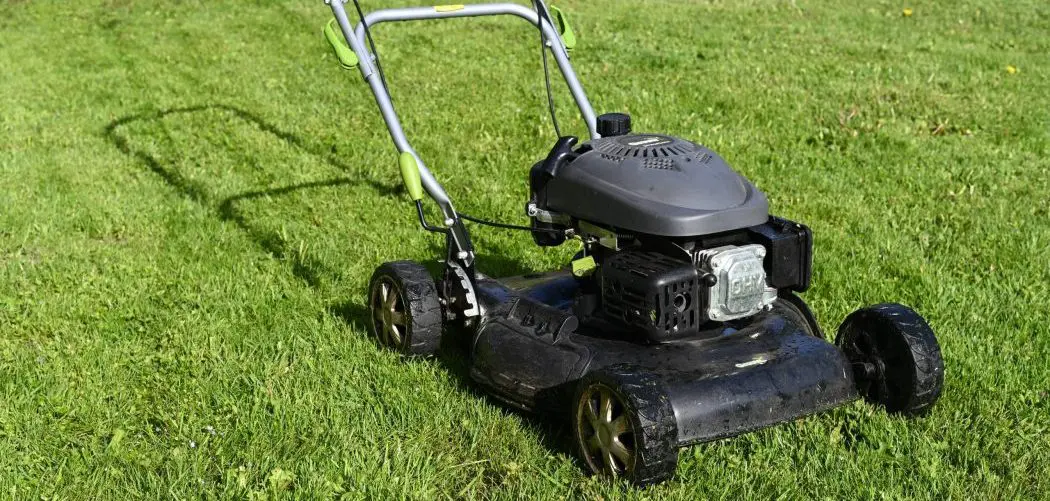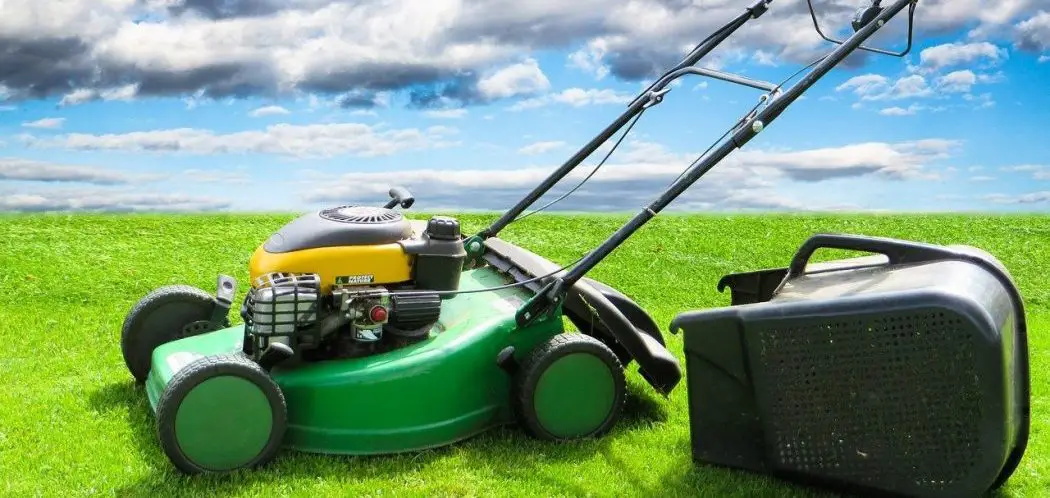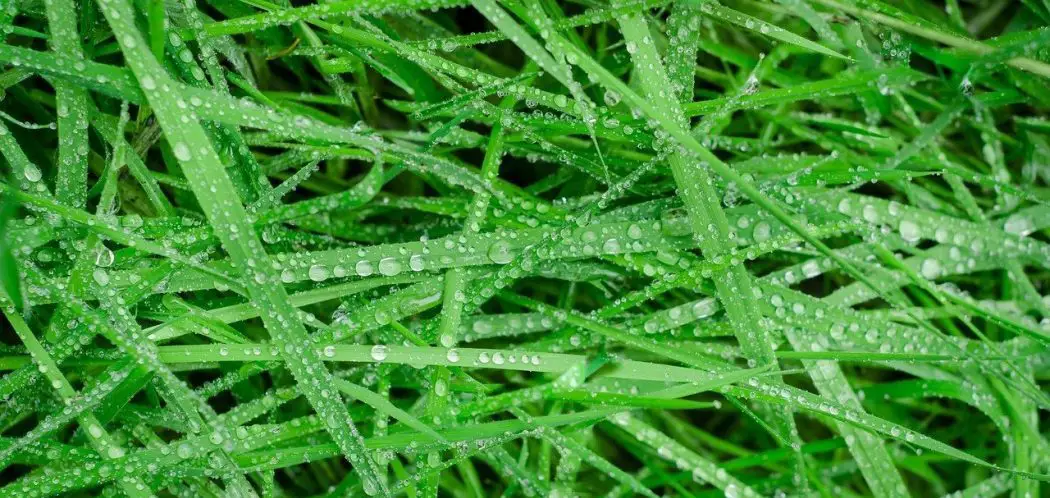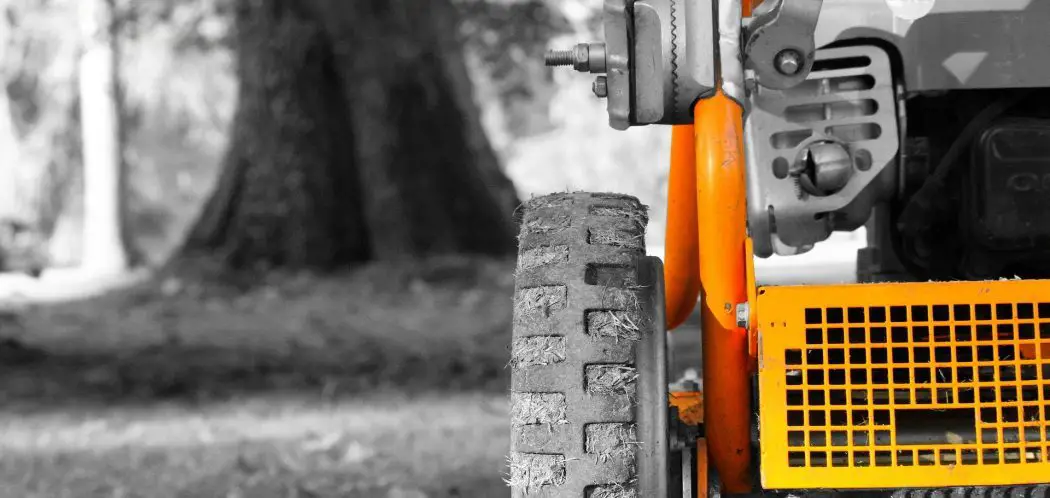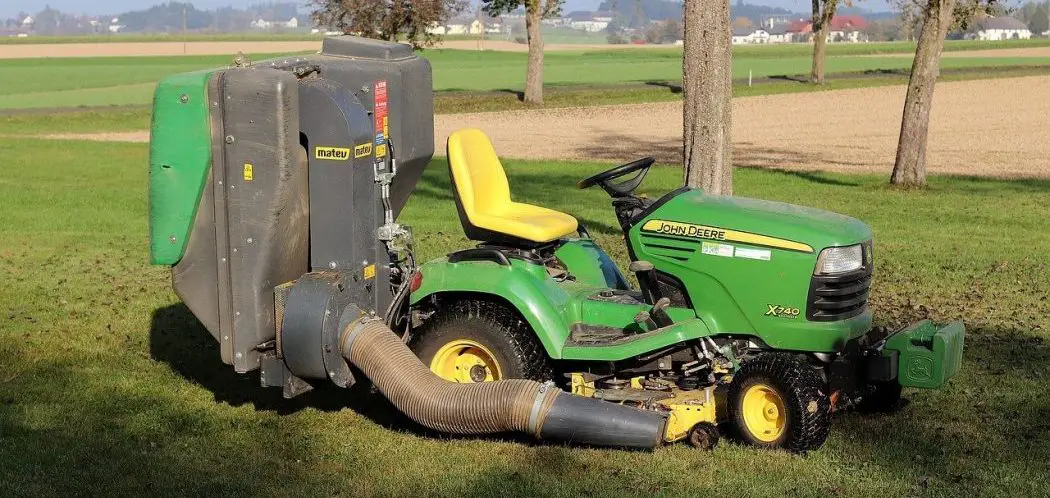How you handle your grass clippings can have an impact on the look and health of your lawn.
This article is for you guys out there who are just starting out with mowing. You might not be quite sure what the difference is between mulching and side discharge. In this article I’ll cover how both methods work and the benefits/drawbacks of each.
What Is Mulching?
Mulch is some material that is applied to the soil surface. This material could be leaves, bark, compost or in this case, grass.
If you are mulching with a lawn mower, you’re putting the grass back into the lawn after it’s been cut rather than picking it up. As you mow, the blade cuts the grass into tiny pieces which build up inside the deck. The clippings then leak out of the back or side of your mower, returning the grass back into your yard.
What Are the Benefits of Mulching?
The most obvious benefit of mulching is that you don’t have to get rid of the grass clippings so you can mow without stopping. This saves you the time and effort in disposing of the grass clippings. How beneficial this is will depend on the size your yard, but in general it’s nice to not worry about it.
If done properly, the clippings can be actually be beneficial to your lawn. As they decompose, they provide nutrients to the soil. It’s a good way to naturally fertilize your lawn if you do it right.
This process is similar to throwing down mulch on a flower bed.

What Are the Drawbacks of Mulching?
In order to mulch, your mower will need to capable of it which is not always the case. Certainly, some mowers are designed with mulching in mind while others are not.
It’s critical to make sure you have the right equipment before attempting to mulch. You also need to make sure the conditions are just right.
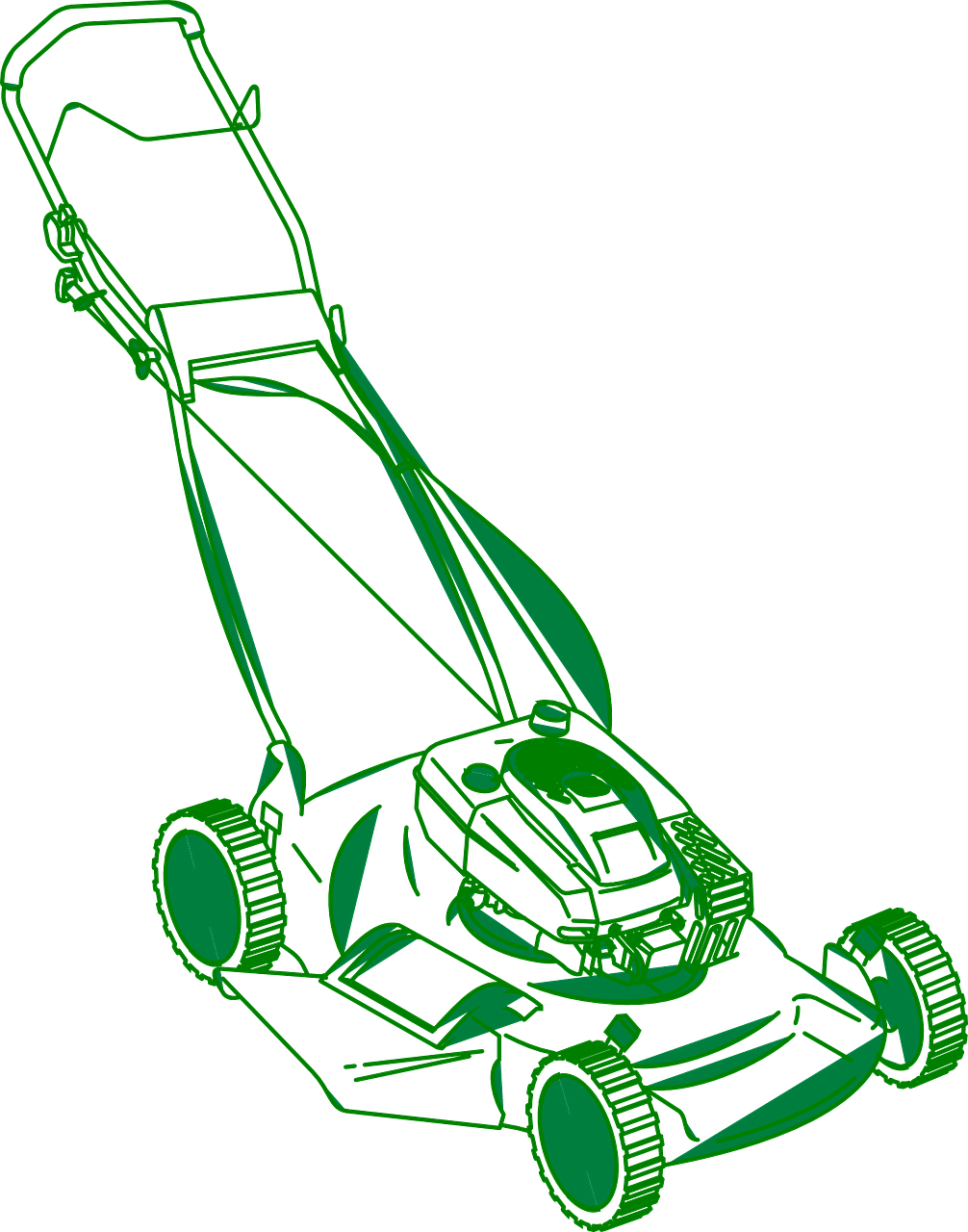
It’s not the best idea to mulch when your grass is very long since it will clog up your mower. You’re also going to be left with a lot of waste too.
Mulching can also lead to quite a bit of thatch build up if not done properly. Too much thatch build up on your lawn may prevent enough moisture from evaporating and excess moisture can lead to lawn disease and fungal problems. It can also prevent fertilizer from getting down into the soil.
Mulching is a big no no if the grass is wet or even a bit damp. You’ll end up with clumps sitting in your lawn.
Mulching can also help to spread weed seeds so only do this if your yard is weed free.
Often times, cheaper mowers throw out grass clippings that are not fine enough to break down successfully in the soil and so you lose the real benefit of mulching. If your mower isn’t powerful enough, you’ll be putting too much strain on the engine, especially if your grass is thick.
Some of the Features of a Mulching Mowers
Typically, residential mowers that home-owners use are less suited for mulching than those used by professionals. These mowers tend to be more expensive.
Some of the features of a mulching mowers are:
- A way to close off the bagging option
- Heavy deck
- Mulch plug
- Mulching blade
- Engine large enough to spin the blade fast
If you aren’t sure whether your mower is capable of mulching, try googling the serial number and you should be able to find information relating to your model.
What Is Side Discharge?
If you’re cutting with side discharge, you’ll usually be able to see a plastic flap on the side of your mower that lift and hold the discharge in place. As you start to mow, the grass will be getting cut and will discharge out at an angle to the side of the mower.
As you mow, you’ll notice a line of grass clippings along your mowing path.
What Are the Benefits of Side Discharge?
Side discharge will work a lot better than mulching if your grass is long or a bit damp.
You may also notice the quality of cut is slight better when side discharging.
Finally, mulching or bagging can take away from the mower’s power so you can go a lot quicker by shooting the clippings out of the side. This is great if your mower doesn’t have a lot of horsepower.
Drawbacks of Side Discharge
Some people don’t like the lines of cut grass it leaves on their lawn. They can get all over the place which can be a problem although this may not matter if you have a large area.
In Summary – Mulching vs Side Discharge
Each method certainly has some advantages and disadvantages over the other.
It’s common to see a lot of people looking for the fertility benefit of mulching but it can actually be counterproductive if not done properly.
You should first consider how your mower has been designed. Some mowers are designed to be better at mulching than others so you’ll want to take the mower you’ll be using into consideration. I wouldn’t recommend mulching if you don’t have the right equipment for the job. You’ll just end up with excess thatch to remove.
If you do decide to mulch, it’s good to try and keep the mower running continuously. Make sure your blades are sharp too! It will work great on lawns at lower altitudes. At higher altitudes, you lack the microbial activity to break down the grass effectively.
I personally switched from mulching to side discharge a while back. I can mow my lawn a lot faster since the machine has to do less work. I find that I get a slightly better cut too.
Whether you decide to mulch or use side discharge, it’s important that you mow your grass frequently. You want to avoid long clippings being thrown back out into your lawn so to try and cut every few days or so. Stick to rule of not cutting more than 1/3rd of a blade at any one time.


